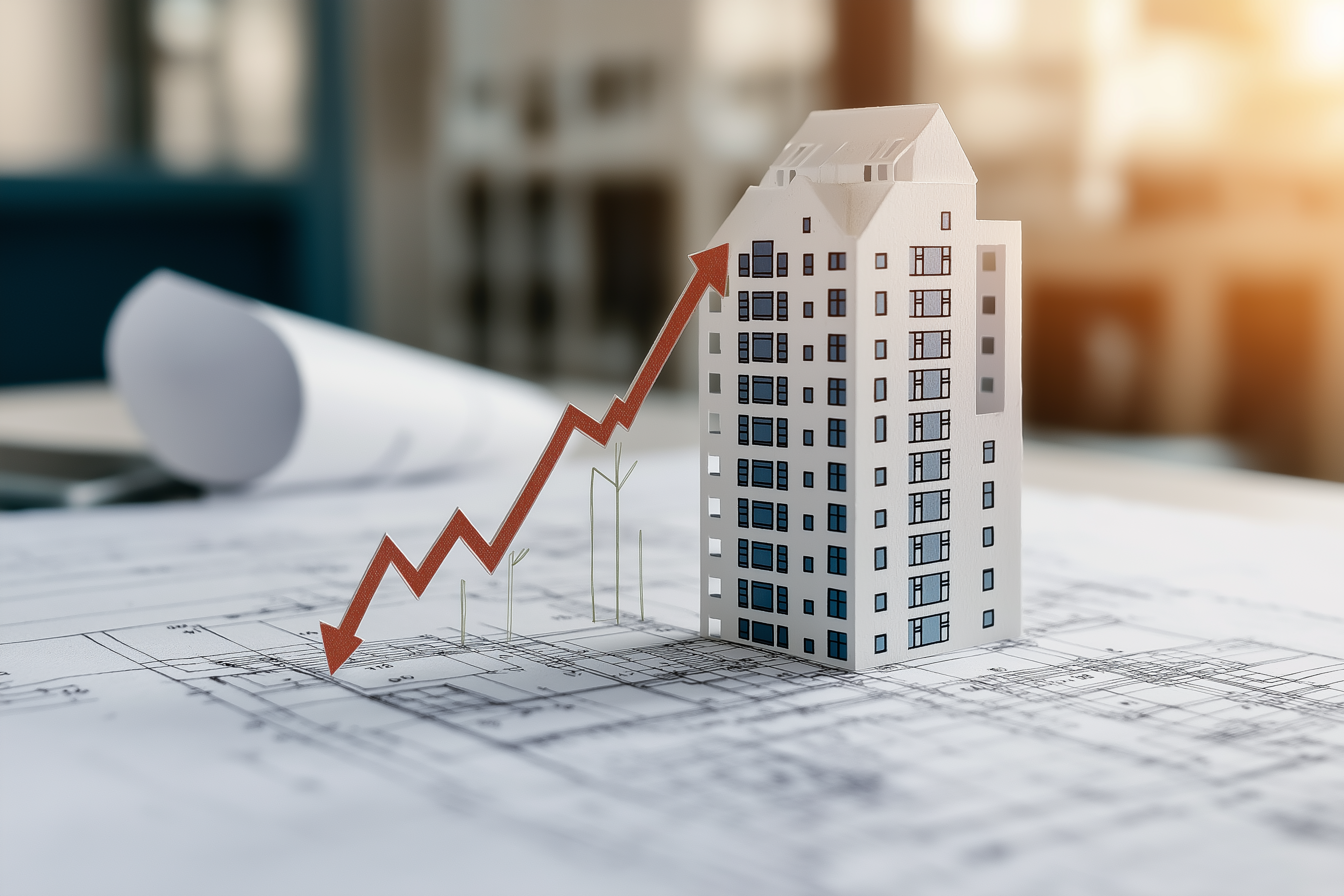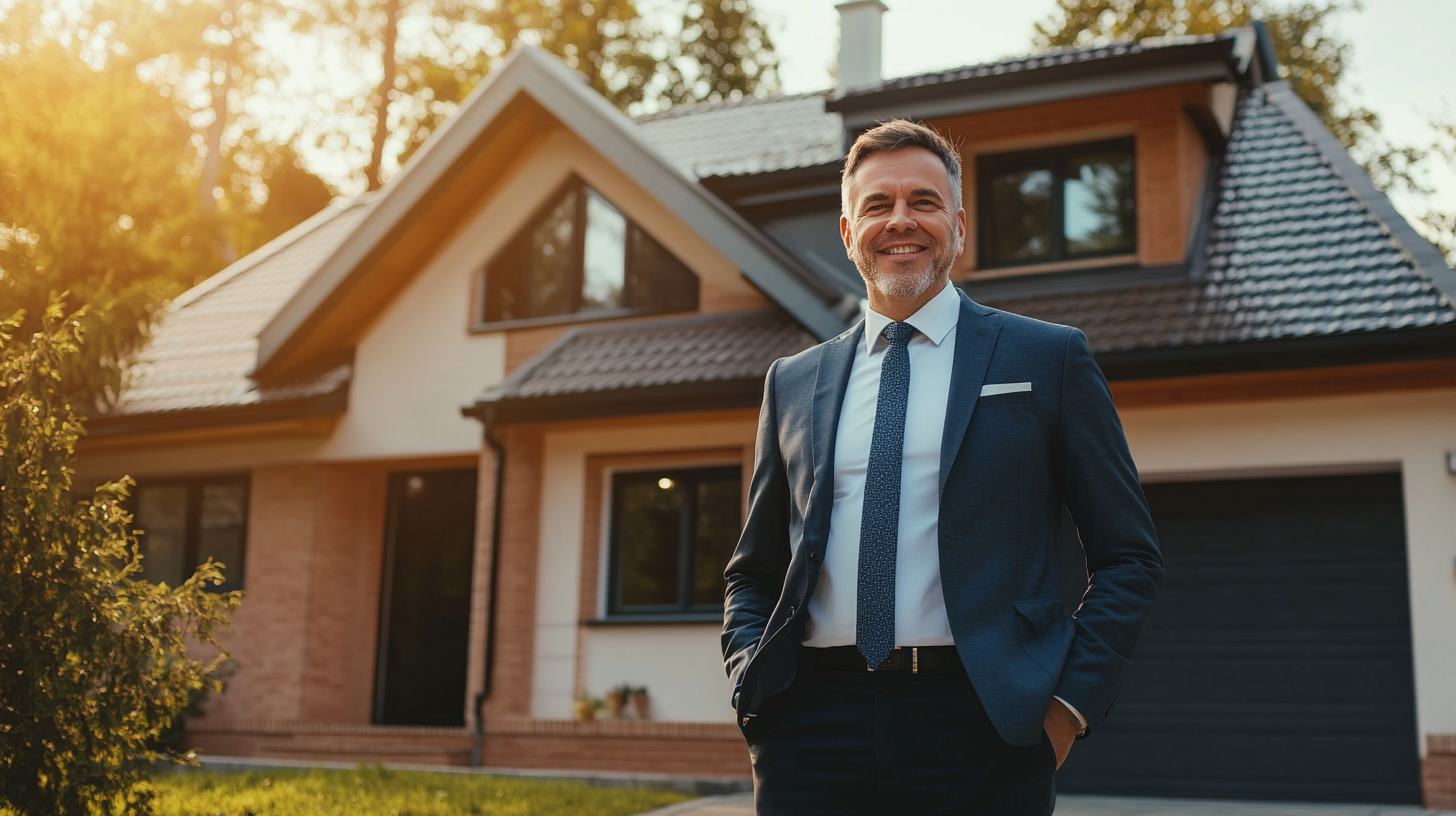One of the most common property investment strategies in Australia is positive gearing. A positively geared investment property or property makes more money in rent than it costs to maintain, resulting in positive cash flow. Unlike negative gearing, which relies on long-term capital growth and tax benefits, positive gearing puts money in your pocket from day one.
Positive gearing is excellent for investors looking to boost their income and strengthen their financial security – but it’s not a good fit for everyone. This guide will explain how positive gearing works, its benefits and risks, and whether it’s the right investment strategy for your situation.
Want expert guidance on structuring your investment and home loan for positive gearing? Check out our top 10 mortgage brokers in your area:
What Is Positive Gearing?
Positive gearing happens when your investment property brings in more rental income than it costs to own. In other words, your tenant pays more than enough for your rental income to cover your mortgage, maintenance, and other property expenses – leaving you with extra cash in your pocket.
For example, let’s say you own an investment property that earns $600 per week in rent. After mortgage payments and repayments, council rates, insurance, and maintenance, your total expenses come to $500 weekly. That leaves you with $100 in positive cash flow weekly – or $5,200 per year.
It’s easy enough to get your head around: the positively geared property pays for itself and then some. Investors often look at rental yield when hunting for positively geared properties – higher yields mean a better chance of rent covering all expenses and leaving room for profit. This makes positive gearing attractive for those who want immediate income rather than relying on future capital growth.
How Positive Gearing Works in Australia
Positive gearing works by choosing the right property in the right market conditions. While the concept is simple (your rental income from investment property exceeds your expenses), whether or not a property is positively geared depends on location, interest rates, and rental demand.
Finding the Right Property
To make positive gearing work for property investors, you need a property in a high-yield location – where rental income is strong relative to property prices. The best contenders are usually found in:
Regional hotspots – Lower property prices but solid rental demand (think mining towns, university hubs, or lifestyle regions).
Booming suburbs – Areas with strong rental yields thanks to population growth, new infrastructure, or job opportunities.
Dual-income setups – Duplexes, granny flats, or co-living spaces where multiple tenants chip in on rent.
Inside tip: Looking for a more positively geared investment property? Sometimes, the highest cash flow investments aren’t listed publicly. Check out our guide on off-market properties to find out more.
Interest Rates Matter
Your mortgage repayments are the biggest wildcard when it comes to positive gearing. When interest rates are low, rental income makes it easier for expenses to be covered. But if rates increase, that comfortable cash flow can disappear faster than a property listing overlooking Bondi Beach.
That’s why savvy investors structure their loans wisely. Fixed or split-rate mortgages, offset accounts, and interest-only loans can protect cash flow and keep investments ticking even when rates shift.
It’s More Than Just Rent
Positive gearing isn’t just about raising rental income – it’s about managing all the little costs that can eat away at your profits. A few key things to watch are:
Vacancy rates – An empty property means zero rent, but many bills remain. Always check rental demand before buying.
Ongoing costs – Council rates, strata fees, and property management fees add up quickly, so you must factor them into your calculations.
Tax implications – Unlike negative gearing, where you can claim losses, positive gearing means paying tax on your extra income. It’s not a deal-breaker, but something to keep in mind.
Need help finding a positively geared property? A buyer’s agent can spot high-yield opportunities, negotiate the best deal, and take the guesswork out of investing in the property market. Take a look at our top 10 buyer agents near you:
Advantages of Positive Gearing
The main advantages of positive gearing are:
1. Immediate Income
Unlike negative gearing, which relies on long-term capital growth, positive gearing puts extra cash flow in your pocket from day one. The rent covers your property expenses – and then some – giving you a steady income stream to reinvest, pay down debt, or even fund your next holiday (not that we’re suggesting you blow it all in Bali).
2. Less Financial Stress
Since your investment property pays for itself, you don’t have to dip into your savings to cover shortfalls. Even if interest rates rise or unexpected repairs and maintenance costs pop up, you have built-in cash flow to soften the blow. This makes positive gearing a lower-risk strategy than negative gearing, requiring you to absorb losses until (hopefully) selling at a profit.
3. Improved Borrowing Power
Lenders love to see steady, reliable income, and a positively geared-up property portfolio can boost your borrowing capacity. If you want to expand your portfolio, having a strong rental yield and consistent surplus cash flow can make it easier to secure your next loan.
4. More Investment Flexibility
With extra income coming in, you’ve got options. You can pay your mortgage faster, reinvest in more properties, or even diversify into other asset classes like shares. The financial breathing room that positive gearing provides can help you build wealth on your own terms.
Disadvantages of Positive Gearing
Despite its financial benefits, positive gearing has some downsides, too.
1. Higher Taxable Income
Unlike negatively geared properties, which can offset losses against your taxable income, a positively geared rental property adds to your taxable income. Depending on your tax bracket, a big chunk of your rental profits goes straight to the ATO.

“Being positively geared is a great strategy but not for everyone, especially if you are in a tax bracket where you lose 50% of your income. I always recommend that clients speak to a financial advisor or accountant to see if being positively property is negatively geared makes sense.”
Mansour Soltani, Soren Financial
2. Slower Capital Growth
High rental yields and strong capital growth don’t always go hand in hand. Properties that generate positive cash flow are often found in regional areas or markets where prices don’t appreciate as quickly as in inner-city locations. That’s not to say you won’t see slow rental price growth, but if your main goal is long-term wealth accumulation, negative gearing in a high-growth area might be a better bet.
3. Market Risks
A property that’s positively geared today might not stay that way forever. If interest rates rise, rental demand drops or unexpected expenses pop up, your once-profitable property could quickly become a financial drain. For example, if your tenants move out and it takes weeks to find replacements, those mortgage repayments don’t stop. And if a major repair like a new roof or plumbing issue hits, a big chunk of your rental profits goes into it.

Positive Gearing vs. Negative Gearing
Regarding property investment, there’s no one-size-fits-all approach – it all depends on your financial goals and risk tolerance. While positive gearing puts extra cash in your pocket each month, negative gearing relies on long-term capital growth and tax benefits.
Here’s how they compare:
| Positive Gearing | Negative Gearing |
Cash Flow | Puts money in your pocket each month as rental income exceeds expenses. | Costs you money upfront since rental income doesn’t cover all expenses. |
Tax Implications | Adds to taxable income but allows for tax deductions on expenses. | Generates a tax-deductible loss, which can offset your taxable income. |
Capital Growth | Often found in high-yield areas that may experience slower price growth. | Typically located in high-growth areas, where property values increase faster over time. |
Risk Level | Lower risk, as the property pays for itself and reduces financial strain. | Higher risk, as it relies on future growth and tax benefits to offset losses. |
Is Positive Gearing Right for You?
Positive gearing can be a fantastic way to generate extra income, but it’s not the best strategy for everyone. Before deciding, ask yourself:
Do I want extra income now? Positive gearing is excellent if you’re looking for immediate cash flow to cover expenses or reinvest elsewhere.
Am I comfortable paying more tax? Since rental income exceeds expenses, you’ll be taxed on the surplus – so it’s worth checking how this fits with your overall tax strategy.
Am I okay with slower capital growth? High-yield properties often don’t appreciate as quickly as properties in blue-chip suburbs, so if long-term capital gains are your priority, negative gearing might be a better fit.
Am I borrowing responsibly? Positive gearing can improve your borrowing power, but make sure you factor in potential interest rate rises and unexpected costs.
Positive gearing is better if you want stability and lower risk, particularly if you’re nearing retirement or looking to build a portfolio without dipping into your personal funds. It can also work well for reinvesting – renting where you want to live while investing in high-yield properties elsewhere. However, if your focus is long-term wealth creation and tax minimisation, you might want to consider negative gearing instead.
Tax Considerations for Positive Gearing
One of the most significant trade-offs with positive gearing is tax. The extra cash counts as taxable income because your rental income is higher than your expenses. That means you’ll have to declare it on your tax return and pay tax at your marginal rate – which could push you into a higher tax bracket if you’re already earning a lot of money.
That said, you can still claim certain tax deductions to offset your taxable income, including:
Loan interest – The interest portion of your mortgage repayments is tax-deductible.
Depreciation – You can claim deductions for the wear and tear on the building and eligible assets like appliances.
Property expenses—This includes property management fees, strata fees, insurance, council rates, maintenance, and repairs.
Unlike negative gearing, where losses can be used to reduce your overall taxable income, positive gearing means you’ll owe more tax upfront – but at least you’re making money.
A thoughtful way to manage this is to work with an accountant specialising in property investment to maximise deductions tax savings and structure your investment efficiently. Check out our top 10 accountants in your area:
Summing Up…
Positive gearing can be a powerful investment strategy for generating steady cash flow and reducing financial stress – but it’s not a one-size-fits-all solution. It works best for investors who prioritise immediate income and lower risk rather than those chasing long-term capital growth.
While earning extra rental income is excellent, it does come with trade-offs – like higher taxable income and potentially slower property appreciation. That’s why it’s essential to consider your overall financial goals, risk tolerance, and investment strategy before diving in.

FAQs on Positive Gearing
1. What is positive gearing?
Positive gearing happens when your rental income is higher than your property expenses, such as mortgage repayments, rates, and maintenance. The extra cash left over means the rental return on your investment is covering its costs and putting money in your pocket rather than costing you money each month.
2. What are the benefits of positive gearing?
Positive gearing gives you the following:
Extra income – Cash flow you can use to reinvest, pay down debt, or build up your savings faster.
Lower financial stress – Your property pays for itself, so you’re not constantly dipping into your own pocket.
Better borrowing power—Lenders like steady income from investments, which can make it easier to secure finance for your next property.
3. Is positive gearing better than negative gearing?
It depends on your investment goals and risk appetite. Positive gearing is excellent for an immediate income stream and a lower-risk approach. Negative gearing, on the other hand, is better suited for long-term capital growth, but you’ll need to cover shortfalls while waiting for the property’s value to increase.
4. Are positively geared properties common in Australia?
They’re more common in regional areas and high-yield suburbs, where property prices are lower than rental income. That said, some capital city suburbs also offer positive gearing opportunities – if you know where to look and are prepared to crunch the numbers.
5. How does income tax really work on positive gearing?
Since you’re making money from your investment property, you’ll need to pay tax on the extra income at your marginal tax rate. This could even push you into a higher tax bracket, depending on your total earnings. The good news? You can still claim deductions on loan interest, property management fees, and maintenance costs to help offset some of your taxable income.

MANSOUR SOLTANI
With over two decades of experience in Australia’s real estate sector, Mansour has built a career specialising in the acquisition and sale of investment and commercial properties, spanning major metropolitan hubs and regional areas. As the founder and owner of a finance brokerage firm, he manages a loan portfolio exceeding $100 million while serving a broad range of clients nationwide.
A frequent contributor to money.com.au, Mansour has developed a deep understanding of diverse investment strategies, enabling him to provide valuable, well-informed perspectives on market trends and opportunities.

